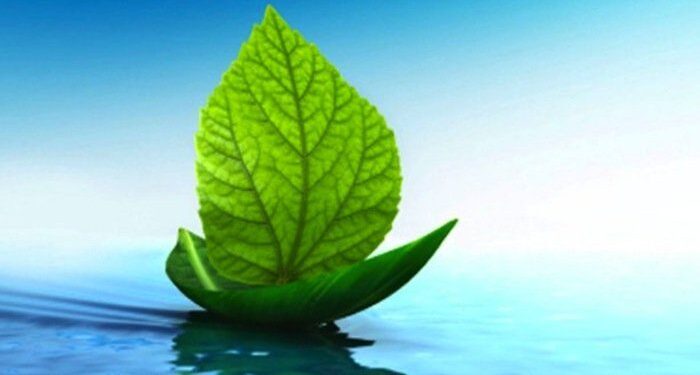During Interferry’s annual conference, the participants discussed the shipping industry and its environmental footprint, focusing on its actions in tackling climate change and the potential to transform every aspect of the ferry industry.
In the efforts towards a greener and more sustainable maritime sector, the drive to zero-emission ferries gained a lot of attention in the conference, with delegates discussing the switch from fossil fuels to manned and autonomous vessel management systems, high-tech shipyards and satellite connections.
Leading the talks in the conference, International Chamber of Shipping Secretary General, Guy Platten, highlighted that although the industry is amongst the most environmentally-friendly means of moving goods, it still has room for improvement.
Mr Platten added that
You can’t do it alone. Ferry operators are more exposed to public perception on emissions. You need the support of consumers, policy makers and financiers – reaching beyond your own community to make sure of an equitable and affordable transition.
Mr Platten’s advice comes in line with what IMO’s Secretary General highlighted in IMO’s 2020 Symposium, that collaboration is the key to achieve compliance with the changes that are approaching.
Similarly, hi-tech author David Rowan stated that the industry has a long way to go towards a zero-emissions environment, noting that it is important to not only acquire the best technology, but also have young people onboard.
Through the conference, the delegates and the participants highlighted the importance of climate change and the industry’s efforts to support it, indicating that passengers are likely to see significant change over the coming decades.
Business development manager Kjell Ove Hatlem referred to his company’s launch of the world’s first zero-emission ferry, the all-electric MF Ampere, in 2015.
He noted that
By 2022, we will have 72 electric siblings. The green shift is already there for short routes but not for longer distances. We think liquid hydrogen from clean sources such as wind, water or solar power will be the way.
Concluding, Mr Hatlem predicted it would be three or four years before Norway had its own hydrogen production and bunkering infrastructure, so initially the fuel would be imported from France or Germany by truck or sea, also referring to the Government’s plan on carbon neutrality.






























































